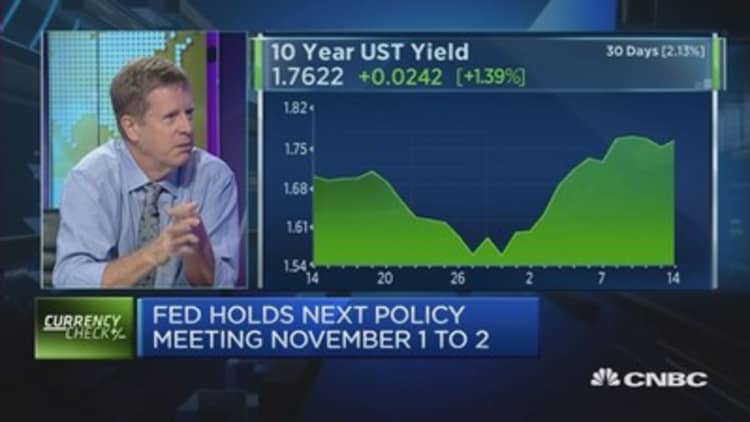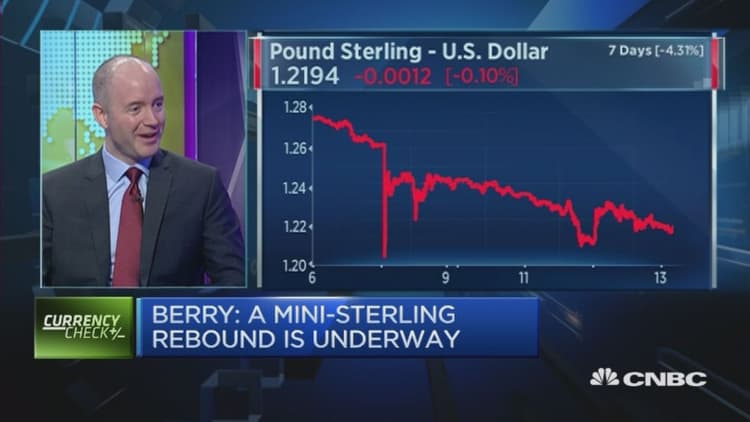The U.S. dollar retreated from seven-month highs on Monday as investors evaluated whether the Federal Reserve will let inflation run above target before raising interest rates, and as some investors took profits from the recent dollar rally.
Fed Chair Janet Yellen said on Friday that the U.S. central bank may need to run a "high-pressure economy" to reverse damage from the 2008-2009 crisis that depressed output, sidelined workers and risks becoming a permanent scar.

"The question is if the Fed is going to let inflation run hot and then have to tighten very aggressively at the back end of the cycle, which would have potentially negative economic implications," said Mark McCormick, North American head of FX strategy at TD Securities in Toronto.
At the same time, "I think the market is starting to take a little bit of profits on the long U.S. dollar trade that has been doing pretty well over the last couple of weeks," he said.
was last down 0.10 percent at 97.914, after rising to 98.169 in overnight trading, the highest since March 10.
The dollar also weakened against the euro before the European Central Bank is due to meet on Wednesday.
The ECB is expected to extend its quantitative easing program, though it is also viewed as likely to taper purchases next year.

"The market broadly sees that the ECB is going to be somewhat more positive on the outlook for Europe this week," said Richard Cochinos, Citi's G10 FX strategist in London.
"They still will need to announce more accommodative policy next year, but it does seem that they may also believe the need for ever greater accommodation is decreasing. That is leaving the euro positive on the (non-dollar) crosses."
The euro, which fell below $1.10 for the first time in almost three months last week, gained 0.24 percent to $1.0995.
The U.S. dollar briefly added to losses earlier on Monday after data showed factory activity in New York State weakened further in October.
Other data showed that U.S. industrial production barely rose in September as a rebound in manufacturing output was offset by a decline in utilities production, suggesting a moderate acceleration in economic growth in the third quarter.

